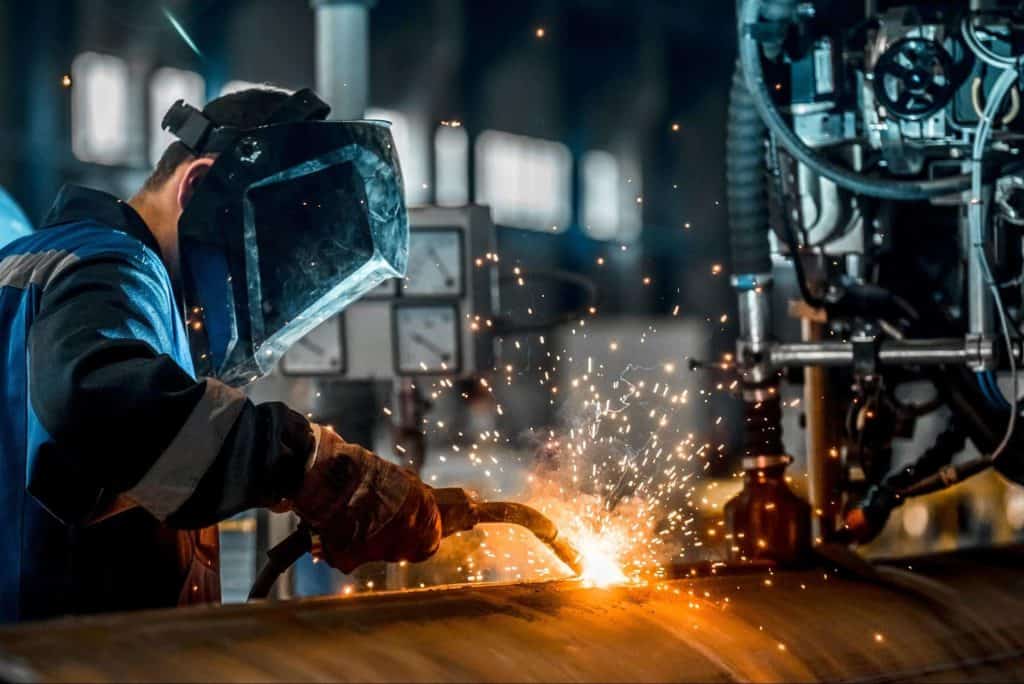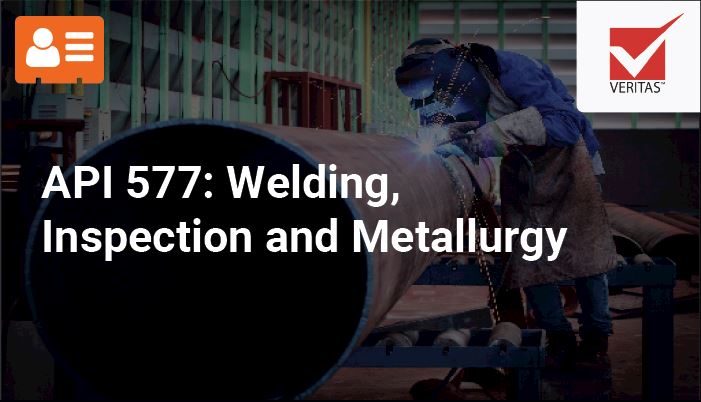Top Advantages of Working With Experts for Welding Inspection Madison
Top Advantages of Working With Experts for Welding Inspection Madison
Blog Article
Understanding the Fundamentals of Welding Examination to Make Certain Top Quality and Security
In the world of contemporary design, welding examination stands as a keystone for making sure both the high quality and safety of architectural productions. The process involves a careful evaluation of welded joints, using innovative methods such as ultrasonic and radiographic screening to identify concealed blemishes. The expertise of qualified examiners is essential, as they link the space between theoretical requirements and useful application. Their role expands beyond plain detection, incorporating the paperwork and communication of findings to appropriate stakeholders. Yet, what are the subtleties of these assessment methods that make them crucial for preserving structural stability?

Significance of Welding Examination
In the realm of industrial construction, the value of welding examination can not be overemphasized. Welding inspection plays a crucial function in making sure the honesty, safety, and longevity of welded structures. Given the diverse applications of welding in industries such as construction, automotive, aerospace, and shipbuilding, the need for rigorous quality assurance measures is vital. Correct examination makes certain that welds fulfill defined criteria and codes, which is necessary for protecting against architectural failings that might result in catastrophic consequences.
The procedure of welding inherently involves intricate variables, including temperature, product properties, and ecological conditions, all of which can affect the quality of the weld. A thorough examination determines defects such as splits, porosity, and incomplete fusion, which can jeopardize the strength and integrity of the weld. By finding these problems early, restorative actions can be taken, thereby lowering the risk of failing and associated prices.
Additionally, welding examination contributes to governing conformity, as numerous sectors are regulated by rigorous safety criteria and guidelines. Failure to stick to these regulations can result in economic penalties and lawful obligations. Inevitably, welding inspection not just safeguards physical frameworks but likewise maintains and safeguards human lives sector credibilities.

Trick Welding Inspection Techniques
Although welding examination is essential to making sure the top quality and security of welded structures, it is the details techniques employed that determine the performance of the assessment process. Trick welding examination techniques can be broadly classified into non-destructive testing (NDT) and harmful testing.
Ultrasonic and radiographic screening are a lot more sophisticated techniques that permit examiners to assess the interior integrity of the weld. Ultrasonic screening uses high-frequency audio waves to discover gaps, while radiographic testing utilizes X-rays or gamma rays to produce a picture of the weld's interior. Magnetic bit testing and liquid penetrant screening are surface assessment methods utilized to locate surface and near-surface flaws. On the other hand, devastating testing approaches involve physically damaging or reducing the weld to assess its mechanical properties. These detailed examination techniques make certain that welds fulfill market criteria and safety requirements, consequently ensuring structural honesty and efficiency.
Duty of Qualified Assessors
Qualified assessors play a crucial duty in the welding inspection process, ensuring that all welds abide by strict sector requirements and safety and security policies. Their proficiency is vital in determining flaws or abnormalities that might jeopardize the structural integrity of a weld. By meticulously examining each weld, certified assessors aid stop possible failings that might result in expensive repairs or dangerous crashes.
To become qualified, assessors need to undergo strenuous training and screening, which familiarizes them with various welding strategies, materials, and testing approaches. This detailed understanding allows them to review weld high quality effectively and make educated judgments regarding their safety and dependability. Certified assessors are competent in analyzing blueprints and requirements, guaranteeing that the welding job lines more information up with the task's design demands.
An important component of their duty is to document their findings thoroughly, offering an in-depth document of the assessment procedure. Their payment is crucial in maintaining high degrees of top quality and safety in welding procedures.

Tools Used in Welding Examination
Welding assessors depend on a range of specialized tools to do their duties efficiently, making sure each weld meets the necessary criteria. Amongst these tools, aesthetic assessment aids like multiplying glasses and mirrors are essential, allowing inspectors to very closely take a look at welds for surface issues such as fractures, porosity, and undercut. Calipers and fillet weld evaluates are essential for gauging weld dimensions to validate compliance with layout requirements.
Advanced tools expand beyond aesthetic aids, consisting of non-destructive testing (NDT) tools. Ultrasonic testing tools are critical in detecting subsurface problems, utilizing acoustic waves to expose interior discontinuities without jeopardizing the weld's stability. Radiographic screening uses X-rays or gamma rays to catch photos of a weld's inside, highlighting prospective defects.
Magnetic bit testing is an additional vital device, particularly for identifying surface and near-surface interruptions in ferromagnetic materials. By using ferrous particles and magnetic areas, assessors can identify problems that could or else be unnoticeable.
Dye penetrant assessment is often utilized for non-ferrous products, giving a contrast-enhanced aesthetic check for surface-breaking problems. Welding Inspection Madison. Together, these devices make it possible for welding assessors to comprehensively examine weld top quality, guaranteeing security and integrity in numerous applications throughout sectors
Ensuring Structural Integrity

Welding procedures must stick to recognized standards and codes, such as those specified by the American Welding Society (AWS) or the International Company for Standardization (ISO) These guidelines ensure that the welds can hold up against ecological factors and functional tensions. Qualified and accredited welders play an essential role in this procedure, as their experience makes sure that techniques are applied appropriately, lessening issues such as splits, porosity, and insufficient fusion.
Post-weld assessment is another vital component of validating architectural why not look here stability. These evaluations confirm that the welds satisfy the called for quality standards, providing assurance of their durability and dependability.
Conclusion
The basics of welding evaluation visit this site are important for keeping the quality and safety of welded frameworks. By implementing vital evaluation techniques, such as aesthetic assessments and non-destructive testing, prospective problems that might endanger structural honesty are recognized. Certified examiners are vital in guaranteeing compliance with sector requirements and effective interaction among stakeholders. The usage of specialized devices even more improves the examination process, eventually safeguarding human lives and lengthening the life-span of welded constructions.
Welding evaluation plays a critical function in ensuring the honesty, security, and durability of bonded structures.Although welding examination is crucial to making certain the quality and security of bonded structures, it is the particular approaches used that identify the efficiency of the assessment procedure. Key welding evaluation approaches can be generally categorized into non-destructive testing (NDT) and harmful screening.Qualified inspectors play a critical function in the welding assessment procedure, guaranteeing that all welds conform with rigorous sector standards and safety policies.The basics of welding assessment are crucial for keeping the top quality and safety and security of welded frameworks.
Report this page